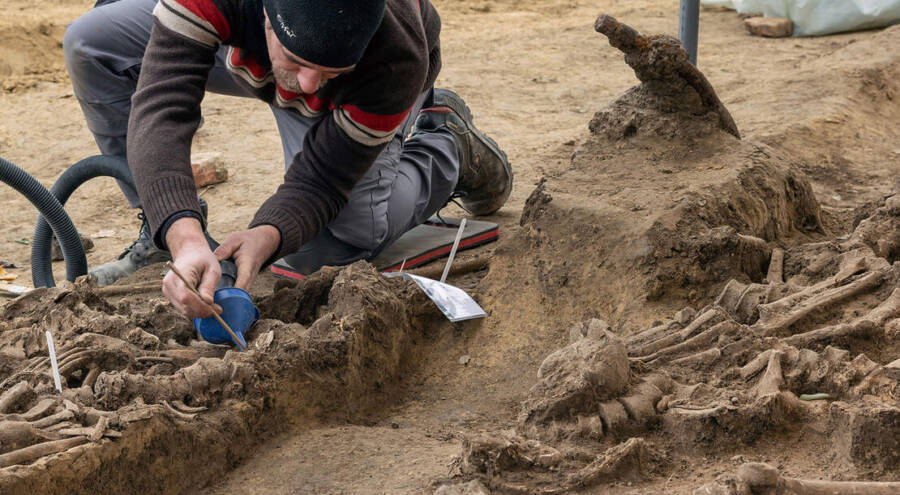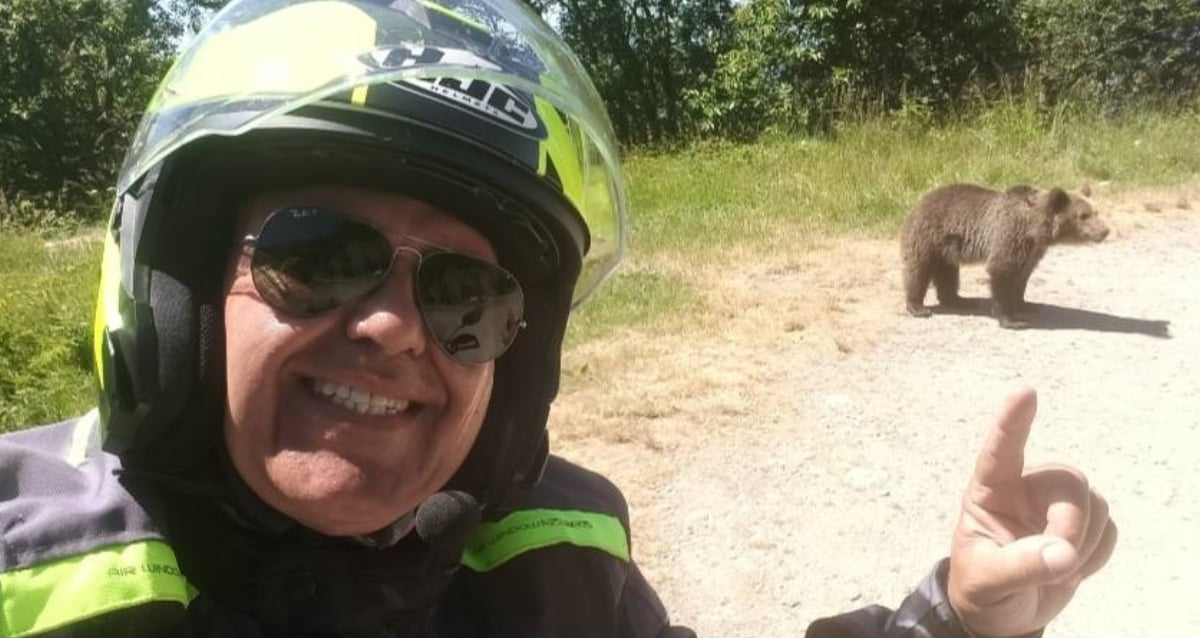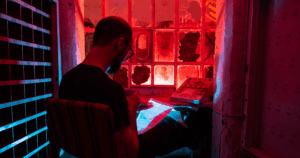“Unearthing Secrets of the Past: What Lies Beneath Austria’s Soccer Field Could Rewrite Roman History”
“Every skeleton examined so far has at least one injury that was inflicted at the time of death,” Michaela Binder, who led the dig, remarked.
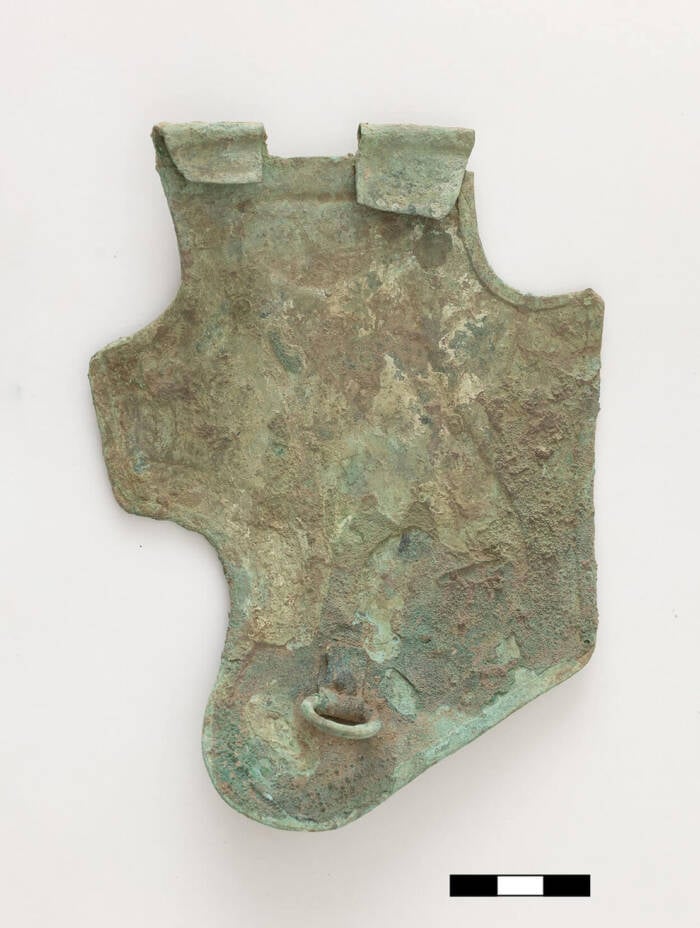
L. Hilzensauer/Vienna MuseumA cheek flap from a Roman helmet found during excavations at the site.
Thus, it seemed clear that the Roman soldiers had died during a “catastrophic event in a military context,” according to a public presentation given by the Museum of Vienna. They were also seemingly buried quickly in the aftermath, since Romans favored cremation burials at the time.
So, what happened to them?
Theories About The Roman Soldiers’ Final Battle
For now, what exactly happened to the Roman soldiers in Vienna is a mystery. However, archaeologists have some hypotheses about what occurred.
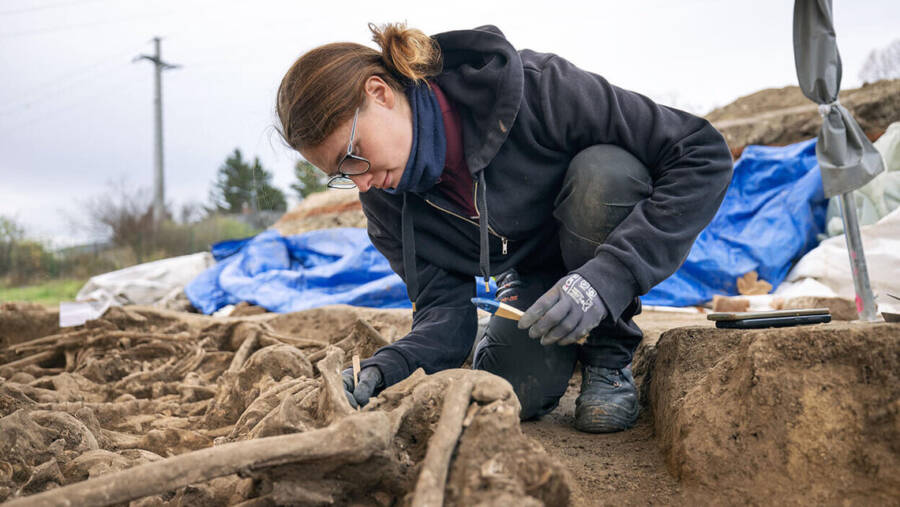
Reiner Riedler/Vienna MuseumArchaeologists found 129 intact skeletons at the site, each bearing a fatal injury which had seemingly occurred during battle.
For starters, they know that Romans were present in Vienna during the first century. For another, though the period between 50 and 120 C.E. is considered a peaceful one in Roman history, there were some bloody skirmishes on the outskirts of the Roman Empire.
Under Emperor Domitian (81 to 96 C.E.) there were written accounts of battles that took place during the Danube Wars. In 92 C.E., for example, an entire Roman legion was purportedly obliterated by Germanic tribes that came across the Danube border into Roman territory. This, in turn, incited Emperor Trajan (98 to 117 C.E.) to fortify this part of the border.
